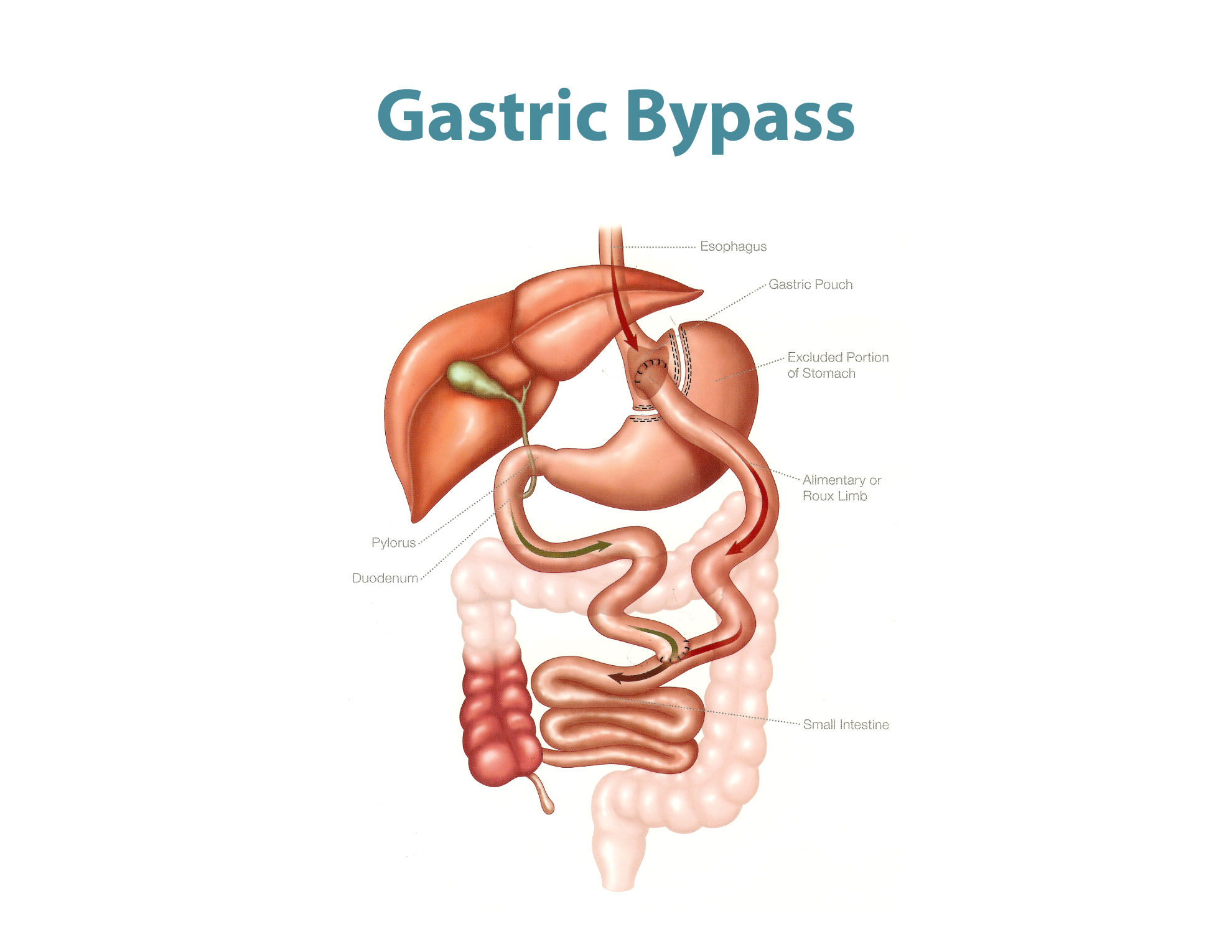
Not enough bile salts (which help your body process fat) can also lead to gallstones. Too much bilirubin or cholesterol can cause gallstones to form. Gallstones often occur when the substances in bile are out of balance. Being proactive about the risk factors under your control-especially your diet-can help reduce your chance of encounter problems. Having any one of these risk factors increases your chance of developing gallstones. Taking certain medications (including some cholesterol-lowering medications and drugs containing estrogen, like birth control pills or HRT).


PROBLEMS AFTER GALLBLADDER REMOVAL YEARS LATER SKIN
Yellow-tinted skin or eyes may be a sign of a bile duct block from a gallstone.Ĭertain factors can increase your risk of developing gallstones. Nausea or vomiting are common symptoms of all types of gallbladder problems. Having steady pain particularly after meals is a common symptom of gallbladder stones. Feeling of pain is steady and may spread to the back or the area below the right shoulder blade. The pain can be dull, sharp, or cramping. Pain in the upper right side or middle of the abdomen. Sometimes, heart attacks and other serious health concerns are mistaken for gallbladder attacks. Gallstones are often managed by waiting for them to be naturally passed, but you should seek medication attention immediately if you’re experiencing severe pain. This belly pain, called biliary colic, will radiate outwards, and may gradually move to the center of the belly or upper back.Ī gallbladder attack or gallstone blockage can last anywhere from 15 minutes to a few hours. This can cause a temporary “attack” of pain in the center of the upper abdomen. As gallstones block the bile ducts, pressure increases in the gallbladder. But when there’s an imbalance in the bile components, pebble-like deposits known as gallstones are formed in the gallbladder. Usually, bile acids and proteins prevent the formation of gallstones. Gallbladder AttackĪ gallbladder attack is a term commonly used to describe a gallstone blockage event. Sometimes, doctors recommend gallbladder removal-especially in the case of severe, recurring gallstones that cause gallbladder attacks. Gallbladder blockages (when gallstones cause gallbladder attacks).Cholecystitis (inflammation of the gallbladder).Problems with the gallbladder often arise when something blocks the normal flow of bile into and out of the gallbladder. When the body is not actively digesting, such as overnight or between meals, the gallbladder stores bile. The gallbladder releases bile during mealtimes to help the body digest fats.

The gallbladder is one of the many organs that plays a part in the digestion process, but what exactly is the purpose of the gallbladder?Īs mentioned above, the liver produces bile to help the small intestine break down fats from food, as well as fat-soluble vitamins such as A, D, E, and K. The small intestine, colon, and many other organs participate in turning food into nutrients the body can use. While the stomach does a wonderful job of starting the digestion process, it doesn’t work alone. In some cases, a gallstone may cause the gallbladder to become inflamed, causing pain, infection, or other serious complications. Most people with gallstones don’t even know that they have them. If bile contains too much cholesterol or bilirubin, it can harden into gallstones. Bile is made up of water, cholesterol, bile salts, fats, proteins, and a compound called bilirubin. It stores bile (also called gall), which is produced by the liver and used to digest fat from food. The gallbladder is an organ in the right upper abdomen, just below the liver. This article will help you understand the signs and symptoms of gallbladder attack-and how they can be prevented. This blog was originally published in June, 2015.Ī gallbladder attack can be a very painful, potentially dangerous medical condition.


 0 kommentar(er)
0 kommentar(er)
